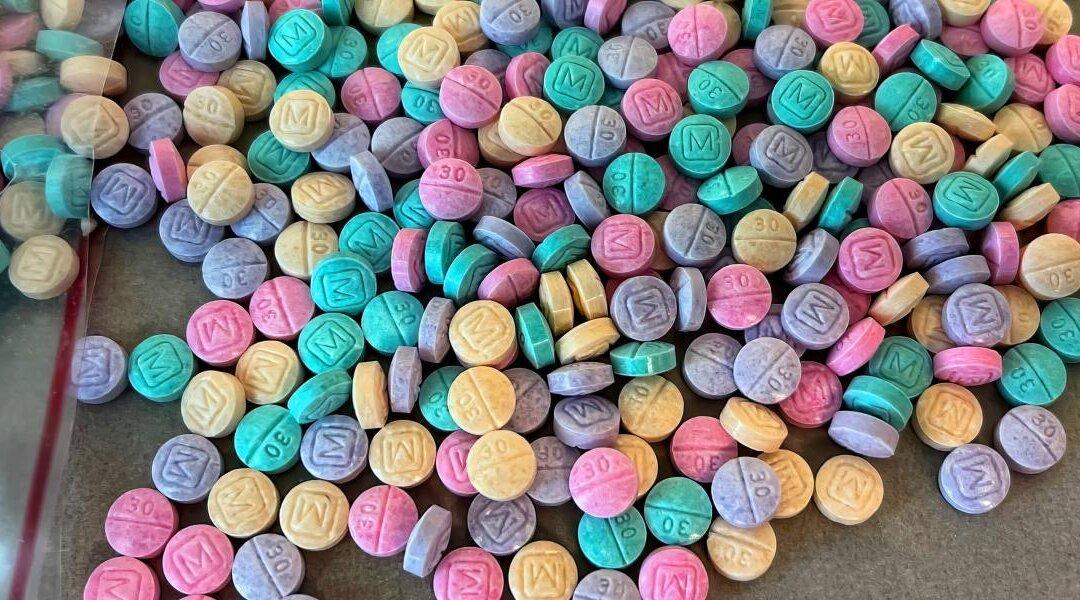It only takes a quick scroll through the Facebook group “Lost Voices of Fentanyl” to see the wake of devastation that illicit fentanyl is leaving behind.
The public group, which has more than 19,000 members and grows daily, is full of the faces of lost loved ones and grieving family members trying to contend with the pain.





